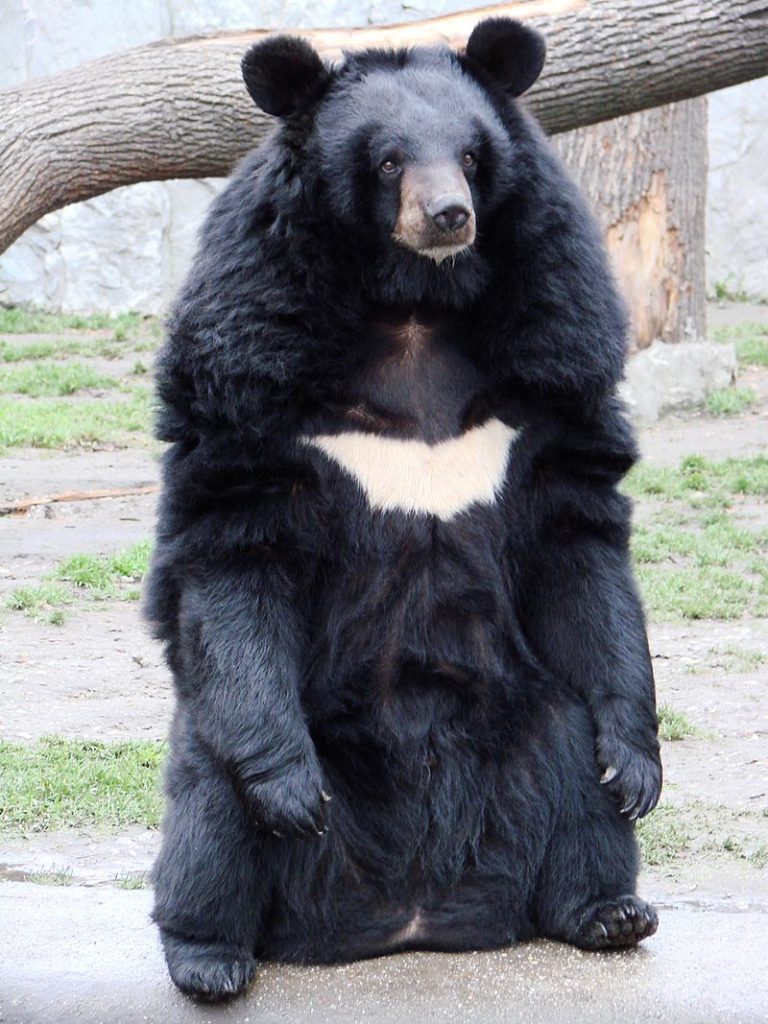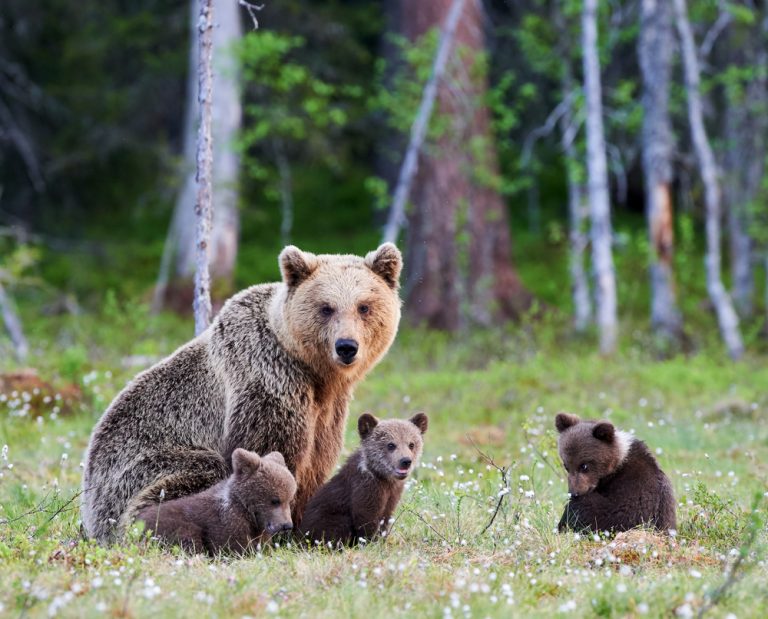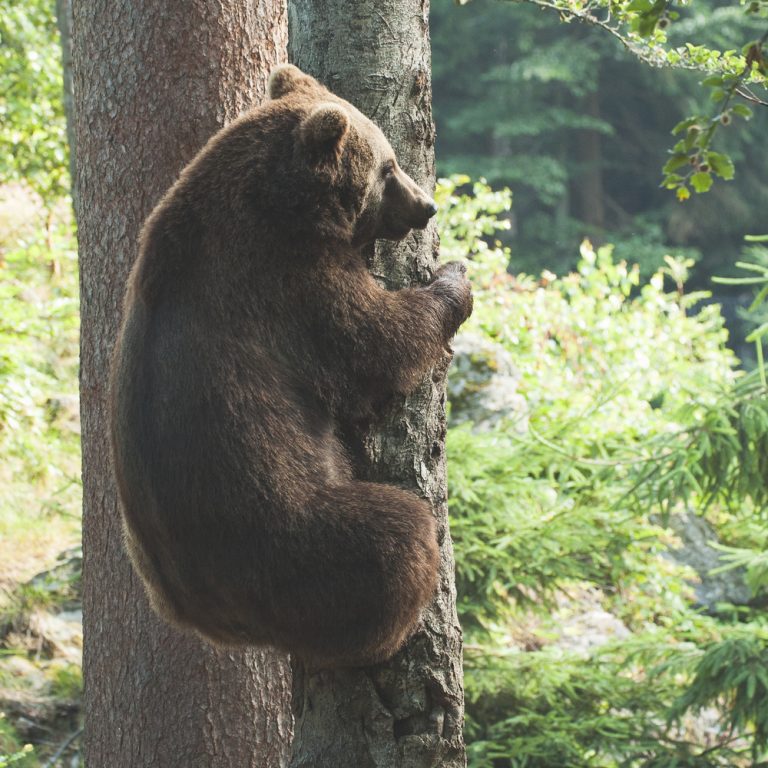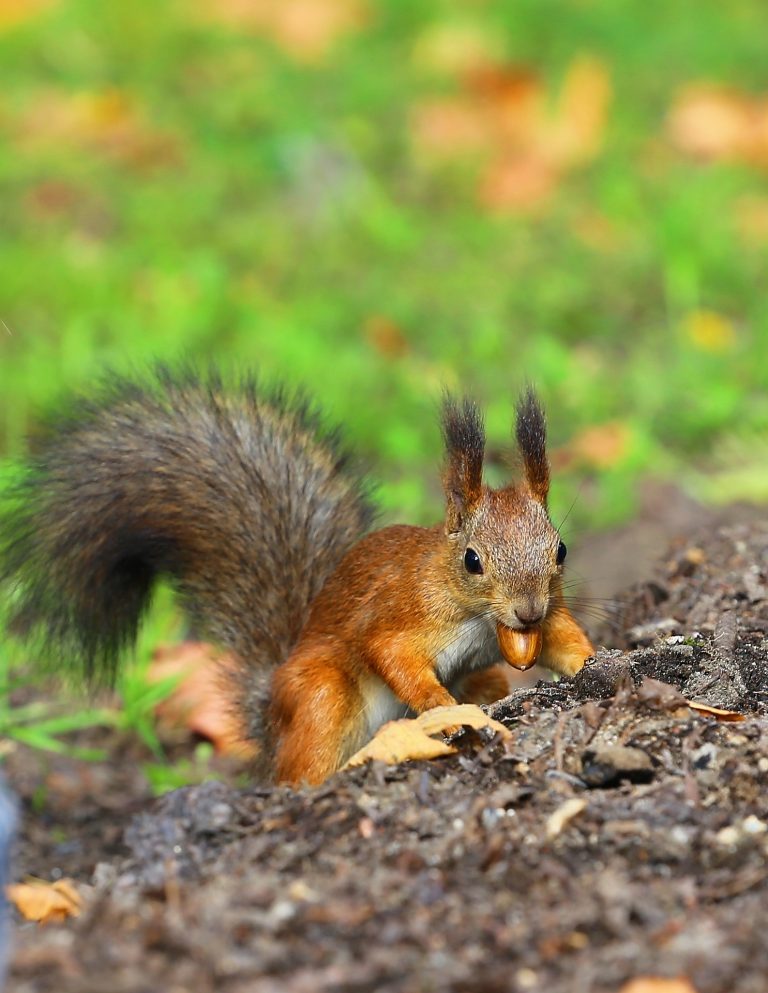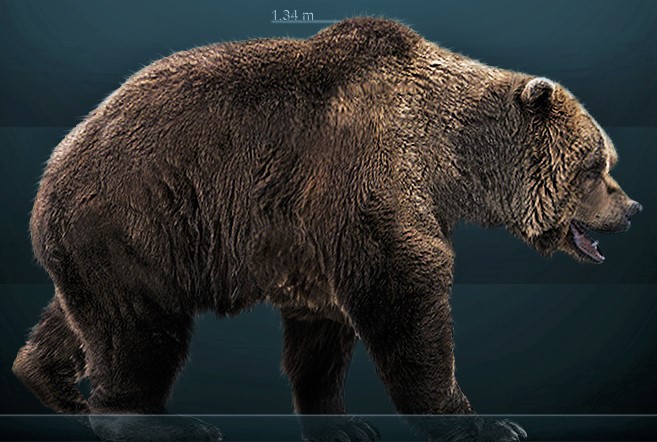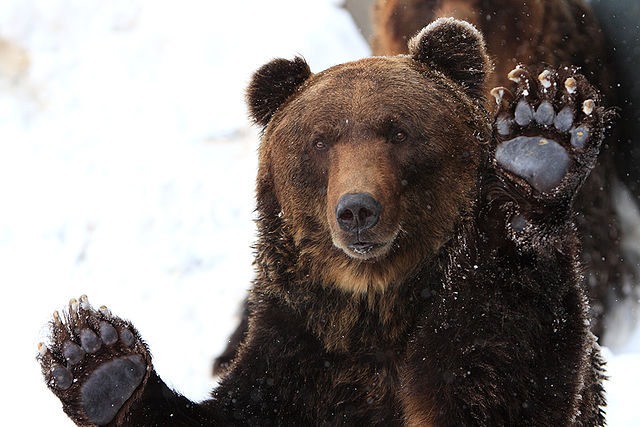Species Profile: The Grizzly Bear
The Grizzly Bear is possibly one of the most “notorious” and well-known bears today.
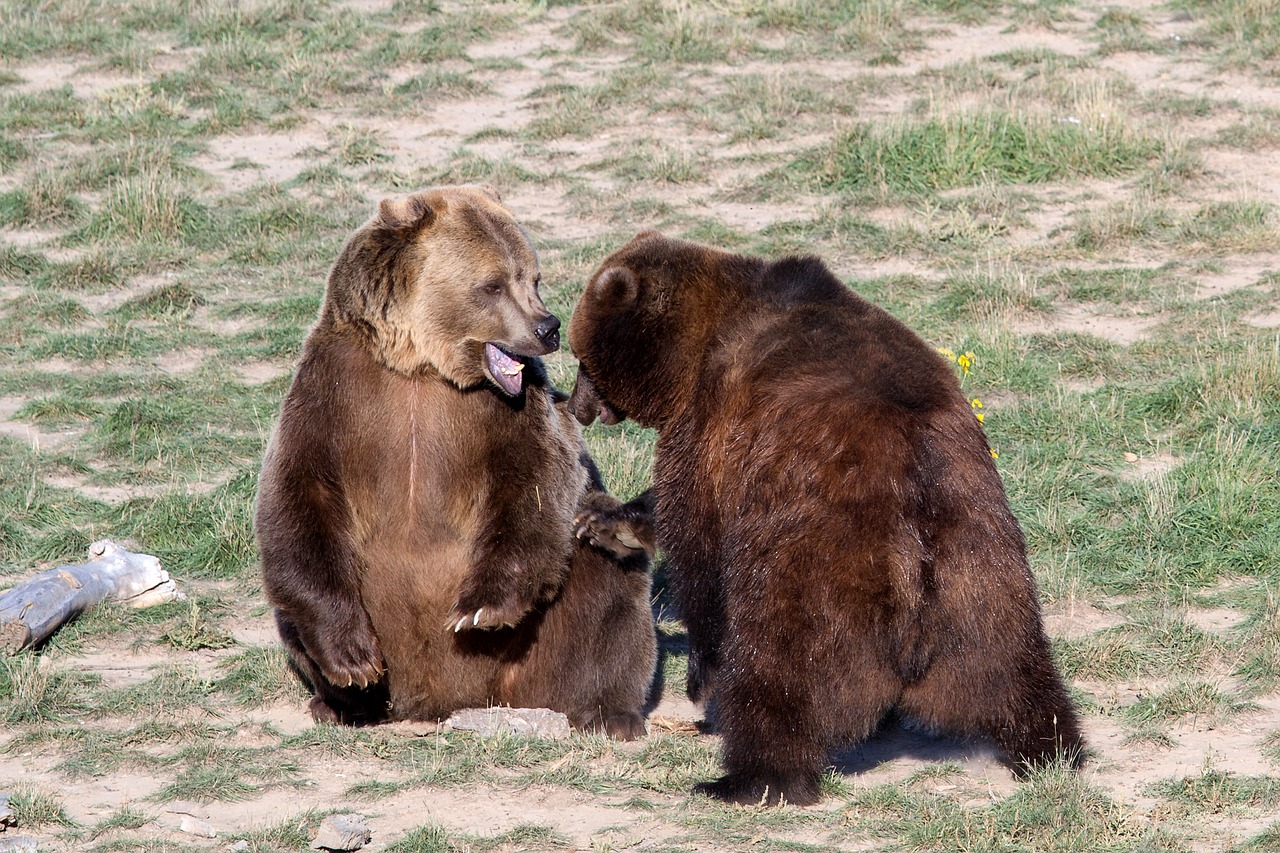
Grizzly Bear is the common name for a very well-known brown bear subspecies native to North America, parts of Europe and Asia. This bear is one of the largest in the family, coming close behind the Polar Bear and the Kodiak Bear.
It’s known in scientific circles as the North American brown bear or by its scientific name Ursus Arctos Horribilis.
The term “grizzly” could be interpreted as referring to two things: “Grizzled” for its golden/gray tipped hair or “grisly” for its perceived fearsome disposition. Individual bears vary in color from blond to brown and nearly black, but typically grizzly bears are brown, with a stocky build and a pronounced hump on their shoulders.
In fact, this shoulder hump is the main distinguishing feature between a black bear and a grizzly bear. In addition, their claws are much longer and can grow up to four inches long.
This bear species is listed by the IUCN as a Least Concern species.
1) Scientific Name
Ursus Arctos Horribilis
2) Scientific Classification
- Kingdom: Animalia
- Phylum: Chordata
- Class: Mammalia
- Order: Carnivora
- Family: Ursidae
- Genus: Ursus
3) Life Expectancy
Grizzly bears can live for up to 26 years (female) and 22 years (male). The oldest individual in the wild lived to be 39 years old.
In captivity, they can live for up to 44 years.
4) Average/Maximum Height
Grizzly bears vary greatly in size depending on their sex and location. Generally, average total length is 198 cm (6.5 feet).
Among the larger coastal bears, they have been males that measured up to 3 meters (9.8 feet).
5) Average/Maximum Weight
Adult females weigh between 130 and 180 kg (290 to 400 lbs.), while their male kind weigh from 180 to 360 kg (400 to 790 lbs.)
The largest grizzly bear recorded was a male coastal specimen that weighed 680 kg (1,500 lbs.)
6) Maximum Running Speed
Like other brown bears, their speed ranges from 21.7 mph (35 km/h) to about 15.7 mph (25 km/h).
Grizzly bears will normally avoid contact with people and they hardly hunt humans specifically.
7) Interactions With/Danger To Humans
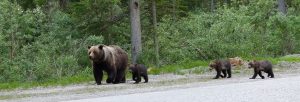
Probably because adult grizzlies can’t climb trees well and due to their large size, they tend to respond to danger by standing their ground to fight would-be/perceived attackers. Therefore, the typical grizzly bear is considered more aggressive and dangerous than the black bear.
Mother bears with cubs in particular are to be avoided and account for at least 70 percent of human fatalities.
Causes of Human-Grizzly Bear Conflict
In addition to the above, here are other common scenarios that lead to human-grizzly bear conflict:
- Apart from mothers with their young, another common cause of attacks is surprising a bear at very close range. The situation is more dangerous if the bear has food to protect and thinks the human is after its food supply.
- Human encroachment on bear territory.
- Food conditioning is a major problem with all bears and grizzly bears are no exception. When bears are exposed to human food, they become dependent on it and find it almost impossible to go back to their natural diet. These “food conditioned” or “problem bears” are unfortunately very difficult to manage and they will attack campers, hikers, etc to get at their food.
Usually, when a bear kills a person, it will be found and killed to prevent it attacking another person. But that doesn’t solve the problem in the long term. There are better, non-lethal and proven techniques of avoiding conflicts and improving bear management.
For instance, humans in bear territory should take every precaution to keep food out of reach of bears (e.g. using bear canisters). Also, its not ideal to travel alone in such terrains. Moving with a group of people can greatly reduce the risk of surprising a bear.
The bite force of a Grizzly Bear measures about 1,160 psi and can do serious damage to the human body. Some speculate that the bite of this animal can crush a bowling ball!
8) Reproduction Details
Female grizzly bears give birth to their cubs during the annual 5 to 7 months hibernation period. Before then, they will find a good location to create a den, and consume large amounts of food to gain enough weight during hibernation.
After mating, the embryos will not implant until hibernation. However, if the female grizzly bear has not gained enough weight during summer, a miscarriage will usually occur. Because of this, bears can gain hundreds of extra kilograms in weight before hibernating
Note that grizzly bears in warmer climates don’t hibernate.
A sow is protective of her offspring and will attack if she thinks she or her cubs are threatened.
9) Diet/Hunting Pattern Of The Grizzly Bear
Like other bears, grizzlies have a carnivorous digestive system but they live as omnivores.
As a result, their diet is extremely wide and includes: hoofed mammals (moose, caribou, white-tailed deer, mule deer, bison), smaller mammals (rabbits, squirrels), fish (salmon, trout, and bass), berries, fruits, birds, eggs, etc.
Along the Alaskan coast, these bears scavenge on dead or washed up whales, sea lions, and seals.
On some rare occasions, grizzlies will even eat black bears especially calves and injured or otherwise weak individuals.
In many of their territories, one of the major contenders with grizzly bears for prey are the gray wolves. This is an age-old struggle between these two land predators. Usually it arises after the wolves have hunted and take down a prey then the bear shows up and attempts to steal the kill.
Such fights hardly lead to serious injury or death of either animal and one of them will usually give up and yield the carcass to the other predator.
The struggle between grizzlies and gray wolves for prey is an ancient one and they are recognized as historic rivals.
10) Alternative Names
- North American Brown Bear
- Grizzly
11) Population And Conservation Status
From an estimated number of about 50,000 grizzly bears in North America, there are just around 1,800 of these bears left in five groups in the lower 48 states of the USA.
The majority of these bears live in parks like the Glacier National Park and the Yellowstone National Park. However, Alaska has the healthiest population of grizzly bears (about 30,000) and is a popular spot for bear watching.
The IUCN lists the grizzly bear under the umbrella brown bear species as Least Concern.
12) Ancestry And History
Brown bears as a whole originated in Eurasia and moved to North America circa 50,000 years ago. Back in the 19th century, the grizzly bear was classified as 86 distinct species but by 1953 only one species remained worldwide.
Further testing eventually confirmed that the grizzly bear was not a separate species but a subspecies of brown bear (Ursus Arctos). Another reason for some of the previous wrong classification is that coastal grizzlies (like the Kodiak bear) are much larger and darker than inland grizzlies.
13) Distribution And Habitat
In modern day North America, grizzly bears can be seen in parts of Canada, Alaska, Wyoming, Montana, and Idaho. Also, there’s a small population in Washington. Their kind exist in parts of Europe and Asia.
This bear can survive in different habitats that range from arctic environments to dense forests, open plains and meadows.

